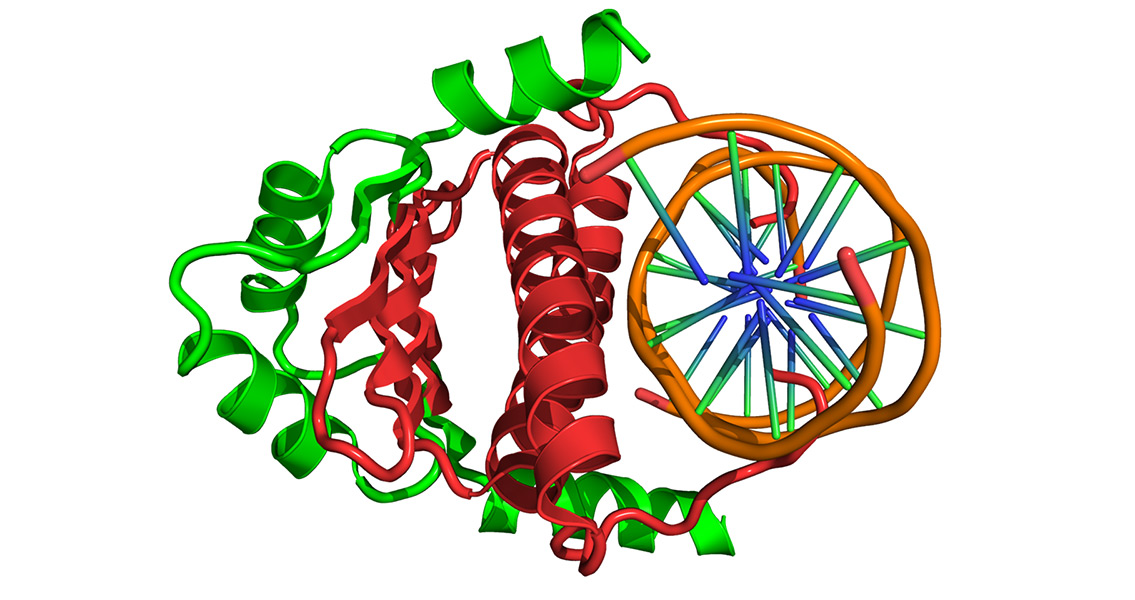<![CDATA[An epigenetic study of 30 sets of ancient human remains has given rise to hopes that more can be learned about how our ancestors’ environment affected their lives. The study comes from the University of Texas (UT) and focused on detecting one particular epigenetic mark, a chemical modification to DNA called cytosine methylation, in the remains which range in age between 230 to 4,500 years, according to the press release from UT. The modification was isolated in 29 of the 30 sets of remains, which is a much higher success rate than has been achieved in previous studies. What makes the study so important is the fact that it promises to allow researchers to learn a lot more about the environmental factors causing or contributing to genetic changes. Epigenetic marks are DNA modifications that affect how genes are expressed, in other words which ones are “turned on or off". Although some of these are inborn, others can appear or disappear as a result of external factors, such as disease or famine, even climate. The significance of epigenetic marks is also reinforced by the fact that if they appear in an egg cell’s or a sperm’s nucleus, they get passed on to subsequent generations. The lead author of the study, Rick Smith, is quoted in the press release as saying that a closer look at these epigenetic marks will lead to a better understanding about how environmental factors could and did affect a person’s health and physical characteristics, allowing science to draw a more comprehensive picture of how ancient people lived. One field in which epigenetics could be particularly useful is the study of diseases: modern DNA epigenetic studies have found that in utero exposure to famine caused DNA modifications with a bearing on growth and metabolism. Other modifications have been linked to the likelihood of developing certain types of cancer. Cytosine methylation has been found to occur in both bacteria and eukaryote organisms, and it is at the centre of many genetic mutations. To isolate the mark in the ancient remains, anthropologist Smith and his co-authors Deborah Bolnick and Cara Moroe used a method called bisulfite sequencing that is usually used for measuring methylation in modern DNA. Scientists until now tended to shun the method because it degrades DNA and there was an opinion that if used on already degraded DNA from ancient samples it would fail to yield any results. In the case of the UT study however, it yielded results above expectations. According to Smith, this proves the method useful for DNA samples that are not too old and are relatively well preserved. Commenting on the study, Bolnick said that if the technique was applied to “archaeological populations” rather than individual samples, it could supply a lot of information about the lifestyles of ancient people. So far epigenetics has helped scientists isolate cytosine methylation in various, but isolated, biological samples, ranging from barley dated between 200 and 2,800 years ago, to a bison from 26,000 years ago, to hominins: including an Eskimo from 4,000 years ago, and a Denisovan and a Neanderthal from 50,000 to 130,000 years ago. This UT study is the first one to detect the modification in so many samples. Image courtesy of Wikimedia Commons user: Boghog2]]>
Epigenetics Provides Glimpse Into Ancient Lifestyles
